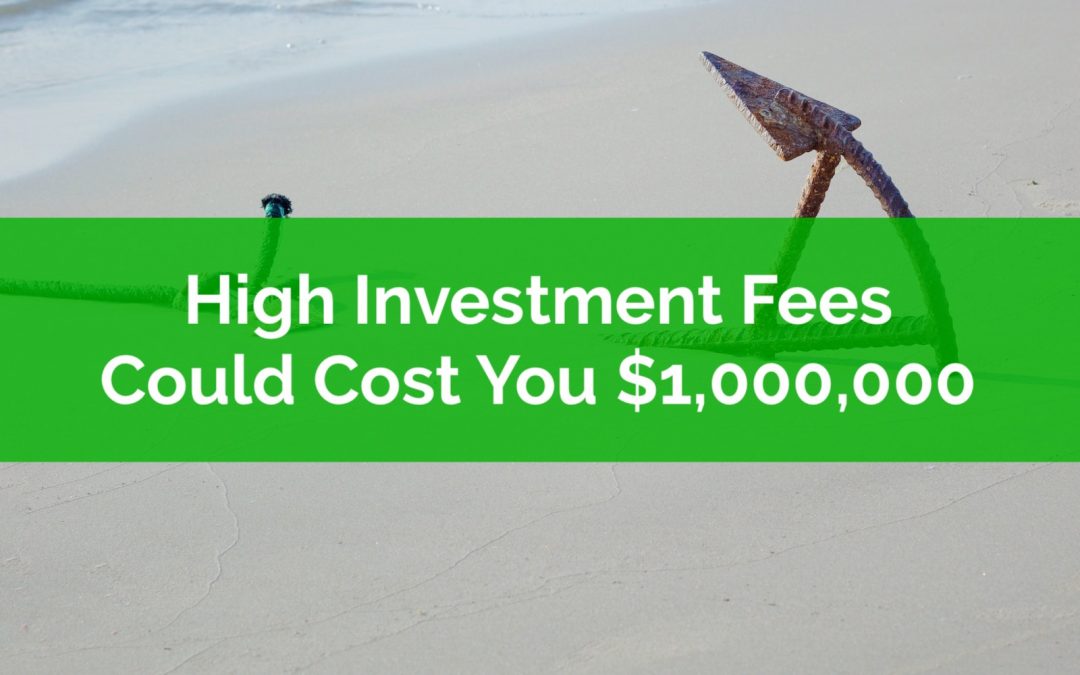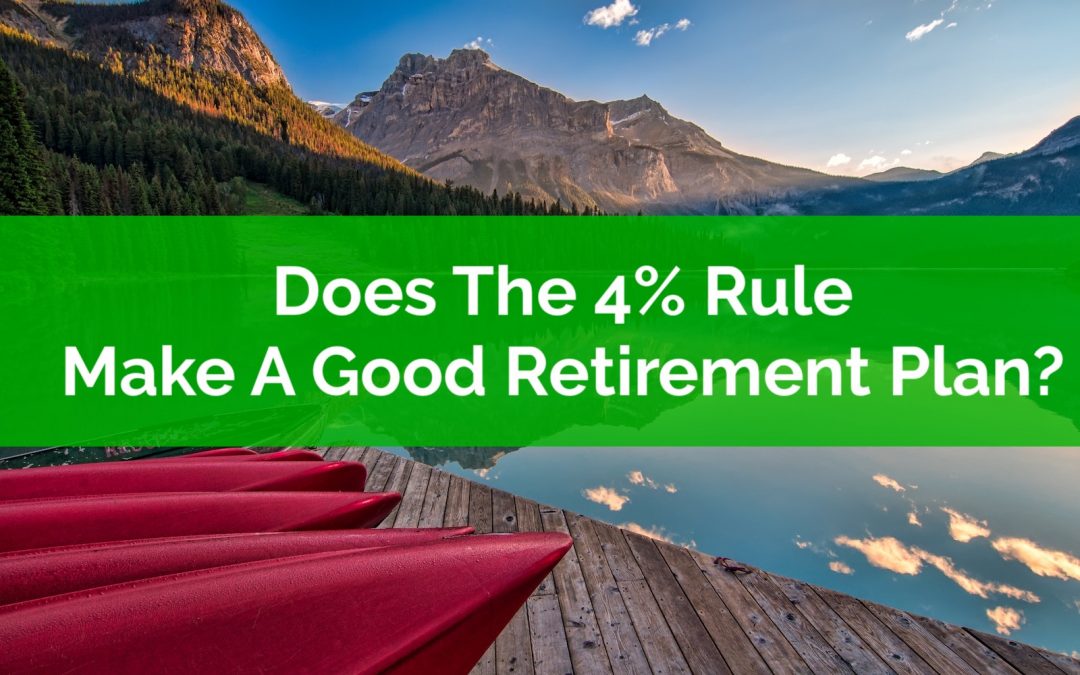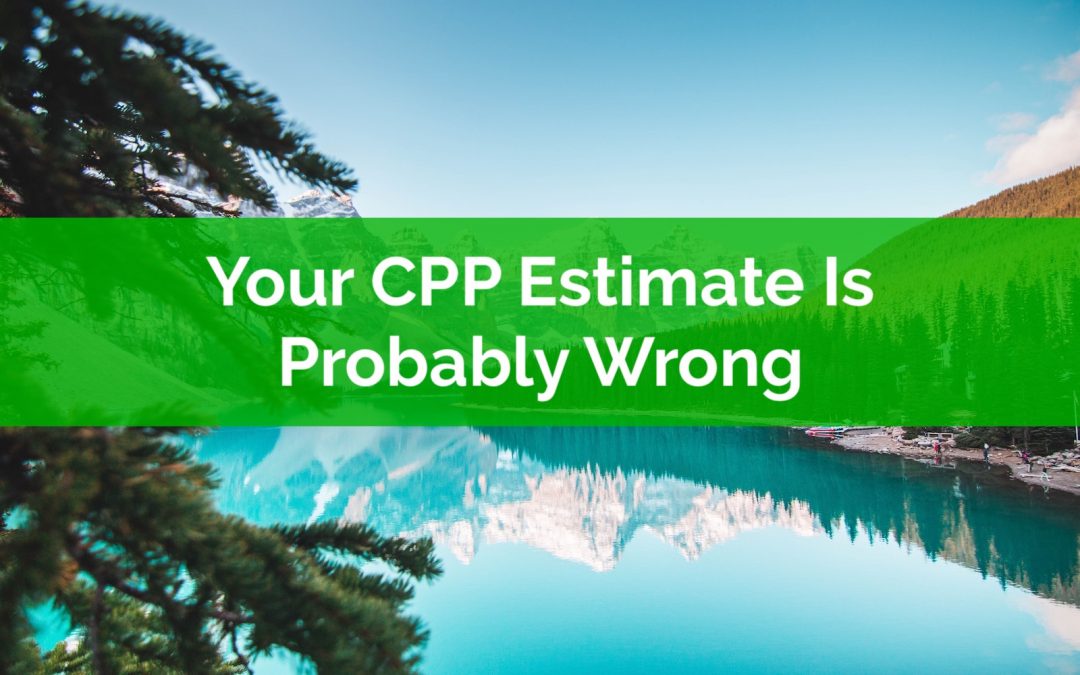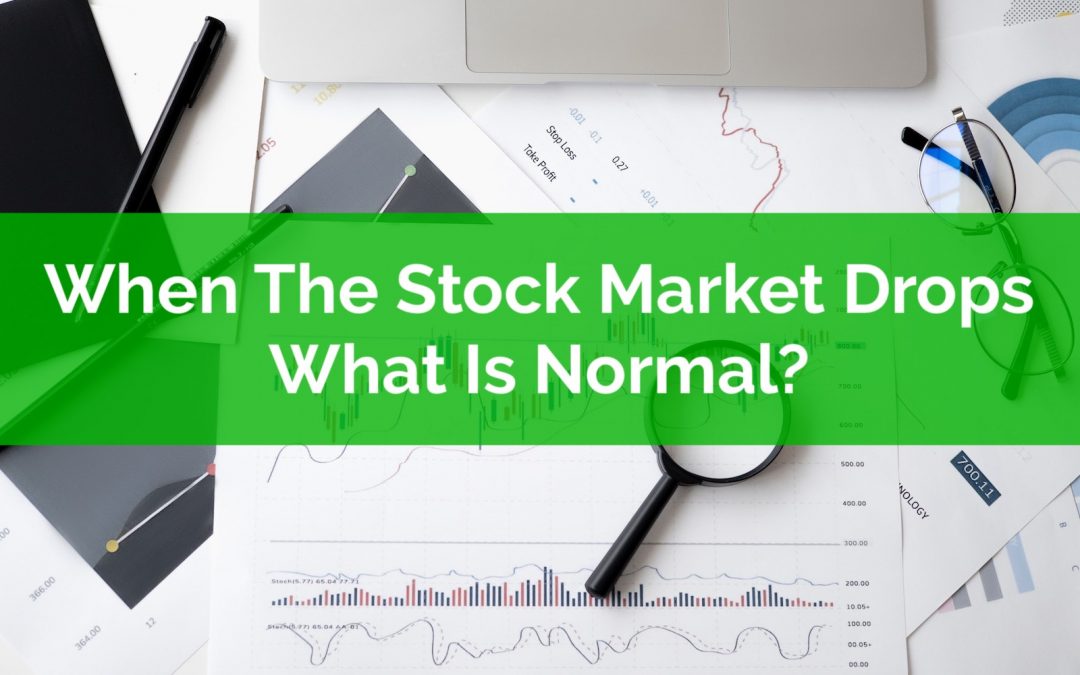
by Owen | Aug 1, 2022 | Financial Planning, Investment Planning, Retirement Planning
Imagine paying $1,000,000 in investment fees? It seems crazy, doesn’t it? There aren’t many things I could imagine spending that much money on, and investment fees would certainly be at the bottom of the list. And yet, there are millions of Canadians who could end up paying this much, or possibly more, in investment fees over the course of their life.
If given an extra $1,000,000, what would you spend that money on? Probably not investment fees. I would probably spend that money on a vacation, a cottage, a reno, or a hundred other things before choosing to spend extra money on investment fees.
But for a mutual fund investor in Canada, over time, high investment fees could easily add up to $1,000,000+.
If you don’t believe me, or just want to see the details, lets take a look at the numbers together…

by Owen | Jul 25, 2022 | Behavioral Finance, Financial Goals, Financial Planning, Income, Investment Planning, Retirement Planning
Does the 4% rule make a good retirement plan? Before we answer that question let’s first explore what the 4% rule is and some of its pros and cons.
The 4% rule is a great personal finance rule of thumb.
Like many rules of thumb, it provides good direction for financial goals, it’s simple, it’s easy to understand, and it’s relatively accurate.
Unlike other personal finance rules of thumb, the 4% rule is also backed up by quite a bit of academic research, so if there was any personal finance rule of thumb to use, it would certainly be the 4% rule.
Let’s review what the 4% rule is in more detail, the pros and cons, and why you may or may not want to use the 4% rule for your retirement plan.

by Owen | Jul 18, 2022 | Financial Planning, Government Programs, Income, Retirement Planning
If you’re preparing for retirement, then you may have looked up your CPP estimate to get an idea of how much you might receive from the Canada Pension Plan (CPP) in the future.
But did you know that your CPP estimate is probably wrong?
If you’re wondering “How much CPP will I get” then its important to know that your CPP estimate is based on some pretty big assumptions. Unless you’re about to start CPP tomorrow, your actual CPP could be much different than your estimate.
When Service Canada creates your CPP estimate there are a few important assumptions they’re making about your future income and years of work. These assumptions are necessary to create an estimate of your future CPP benefits because CPP benefits are based on contributions which in turn are based on employment income.
But if your future employment income is different than their assumptions this could lead to your actual CPP being much lower or possibly much higher than estimated.
In this blog post we’re going to look at the three major assumptions that impact your CPP estimate and why the amount you receive from CPP could be thousands per year different than what the estimate suggests. We’re also going to look at how you can use a CPP calculator to get a better estimate of your future CPP benefit.

by Owen | Jul 11, 2022 | Behavioral Finance, Financial Planning, Investment Planning, Retirement Planning
When the stock market drops, what should you consider “normal” and when should you be concerned?
When there is a stock market drop, a large stock market correction, or a recession, it can be very disconcerting to see your portfolio drop day after day and week after week. For new investors, and even many experienced investors, seeing their portfolio decline by $1,000, $10,000, or even $100,000+ can be tough to stomach.
But as investors, we should anticipate that our portfolios will drop and some point. A portfolio will probably go through 5-10 large stock market drops over a lifetime. The question is, how large a drop is considered “normal”? And at what point should you be concerned?
During a large stock market drop it can be hard to avoid negative headlines. Bad news sells and when the stock market drops it can make headlines for months or years. This “headline effect” can cause even more panic.
But large drops in the stock market have been happening for decades. The reason may be different, but the result is always the same, a large decline in portfolio value followed by a recovery (at some point).
These historical stock market drops can teach us a good lesson about what is considered “normal”.
What “normal” is will depend on a few factors. The first factor is your level of diversification. The second factor is your current asset allocation, how is your portfolio allocated between equities and fixed-income. The third factor is if you’re currently in the accumulation phase, which can help mute the impact of a large stock market drop, or if you’re in the decumulation phase, when retirement withdrawals can amplify the impact of a large stock market decline.
Let’s look at some historical data to understand what “normal” looks like based on some of these factors.

by Owen | Jun 13, 2022 | Financial Planning, Government Programs, Income, Retirement Planning
When is the best time to start CPP benefits? In some cases, delaying CPP until age 70 is a wise choice. But in other cases, it might be best to start CPP at age 60.
In this blog post we’re going to look at six good reasons to start CPP at age 60.
Starting CPP at age 60 will mean a smaller monthly benefit but it also means getting CPP income earlier. Starting CPP at age 60 will decrease the size of the benefit by 36% versus the calculated amount at age 65, but even this reduced amount can be $10,000 per year or more!
This reduction in CPP benefits is called the actuarial adjustment and it’s 0.6% for each month that CPP starts before age 65. The maximum reduction is 36% if CPP starts at age 60 but this same rule applies to any start age in between. Start CPP 2-years early at age 63? That’s a 14.4% reduction (24-months x 0.6% per month). Start CPP 3.5-years early at age 61.5? That’s a 25.2% reduction (42-months x 0.6% per month).
Despite the reduction in monthly benefits there are a few very good reasons to start CPP at age 60…

by Owen | Jun 6, 2022 | Budgeting, Emergency Fund, Financial Goals, Get Out Of Debt, Investment Planning, Retirement Planning
Feeling financially secure has nothing to do with how much money you have, or how much money you earn, feeling financially secure is all about how you feel about your finances, how you manage your finances, and your attitude towards money in general.
Financial insecurity is a very common feeling. It affects both low-income and high-income households, it affects both young and old. In fact, according to a recent FP Canada survey, at least half of us are affected by financial stress in some way.
“Half (50%) of Canadians say that financial stress has impacted their life in at least one way, with health issues (18%), marriage/relationship problems (15%), distractions and reduced productivity at work (14%), and family disputes (13%) the most common ways stress affects them.” Source.
When talking about financial security, it’s important to differentiate between BEING financially secure and actually FEELING financially secure. It’s possible to BE financially secure but not FEEL that way. It’s possible to be in a good financial position but without the right knowledge, routines and plans, it may not actually feel that way.
In this post we’ve outlined eight things you can do to FEEL financially secure (even if you still have the exact same income, spending, and savings).
Page 6 of 19«...45678...»






